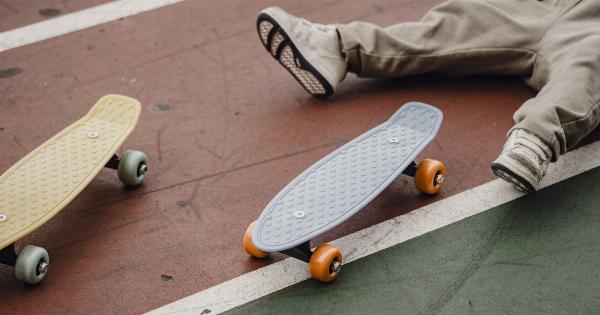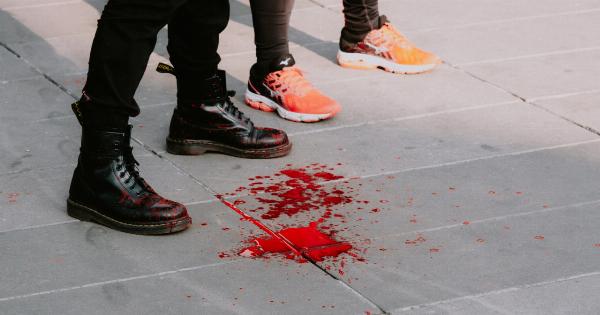Orthostatic hypotension is a medical condition characterized by a sudden drop in blood pressure when a person stands up from a sitting or lying position. It can cause symptoms such as dizziness, lightheadedness, and even fainting.
Managing these symptoms can be challenging, but with the right strategies, it is possible to reduce the impact of orthostatic hypotension on daily life.
1. Stay Hydrated
One of the most important strategies for managing orthostatic hypotension symptoms is to stay adequately hydrated. Dehydration can exacerbate low blood pressure, so it is crucial to drink enough fluids throughout the day.
Aim for at least 8 glasses of water daily and avoid excessive caffeine or alcohol consumption, as these can contribute to dehydration.
2. Add More Salt to Your Diet
Increasing your salt intake can help to raise blood pressure and alleviate symptoms of orthostatic hypotension.
However, it’s important to choose healthy sources of salt, such as sea salt or Himalayan salt, rather than processed foods that are high in sodium. Consult with a healthcare professional to determine the appropriate amount of salt for your specific needs.
3. Wear Compression Stockings
Compression stockings are commonly used to improve blood flow in the legs and prevent blood pooling, which can contribute to orthostatic hypotension symptoms.
These stockings apply gentle pressure to the legs, helping to improve circulation and reduce the severity of symptoms. Consult with a healthcare professional to determine the right compression level for your condition.
4. Avoid Rapid Position Changes
Avoiding rapid position changes can significantly reduce the risk of experiencing orthostatic hypotension symptoms. When transitioning from lying down to standing up, it is important to do so slowly, allowing your body time to adjust.
Sitting on the edge of the bed or chair for a few moments before standing can also help prevent sudden drops in blood pressure.
5. Exercise Regularly
Engaging in regular exercise can help improve cardiovascular health, which in turn can minimize the symptoms of orthostatic hypotension. Low impact exercises such as swimming, walking, and cycling are particularly beneficial.
However, it is important to consult with a healthcare professional before starting any exercise routine to ensure safety and effectiveness.
6. Elevate the Head of Your Bed
Elevating the head of your bed by a few inches can help prevent blood from pooling in the lower extremities, reducing the severity of orthostatic hypotension symptoms. This can be achieved by placing blocks or risers under the legs of the bed.
It is recommended to consult with a healthcare professional for specific guidance on bed elevation.
7. Increase Dietary Intake of Fluids and Fiber
A diet rich in fluids and fiber can be beneficial for managing orthostatic hypotension symptoms. Including foods such as fruits, vegetables, whole grains, and legumes can help regulate blood pressure and promote healthy digestion.
These dietary changes can help prevent constipation, which can worsen symptoms of orthostatic hypotension.
8. Modify Medications
If you are taking medications that contribute to orthostatic hypotension, it may be necessary to modify the dosage or switch to alternative medications. This should only be done under the guidance of a healthcare professional.
Adjusting the timing of medication intake, such as taking medications before bedtime, can also help manage symptoms effectively.
9. Minimize Alcohol Consumption
Alcohol can worsen the symptoms of orthostatic hypotension, so it is advisable to minimize its consumption. If you choose to drink alcohol, do so in moderation and be mindful of how it affects your blood pressure.
It is essential to monitor your symptoms and consult with a healthcare professional to determine the appropriate limits for alcohol consumption.
10. Try Counterpressure Maneuvers
Counterpressure maneuvers involve applying pressure to certain areas of the body to prevent blood from pooling and alleviate symptoms of orthostatic hypotension.
Methods such as crossing your legs, clenching your fists, or tensing your abdominal muscles can help increase blood pressure and reduce dizziness. Experiment with different maneuvers to find what works best for you.






























